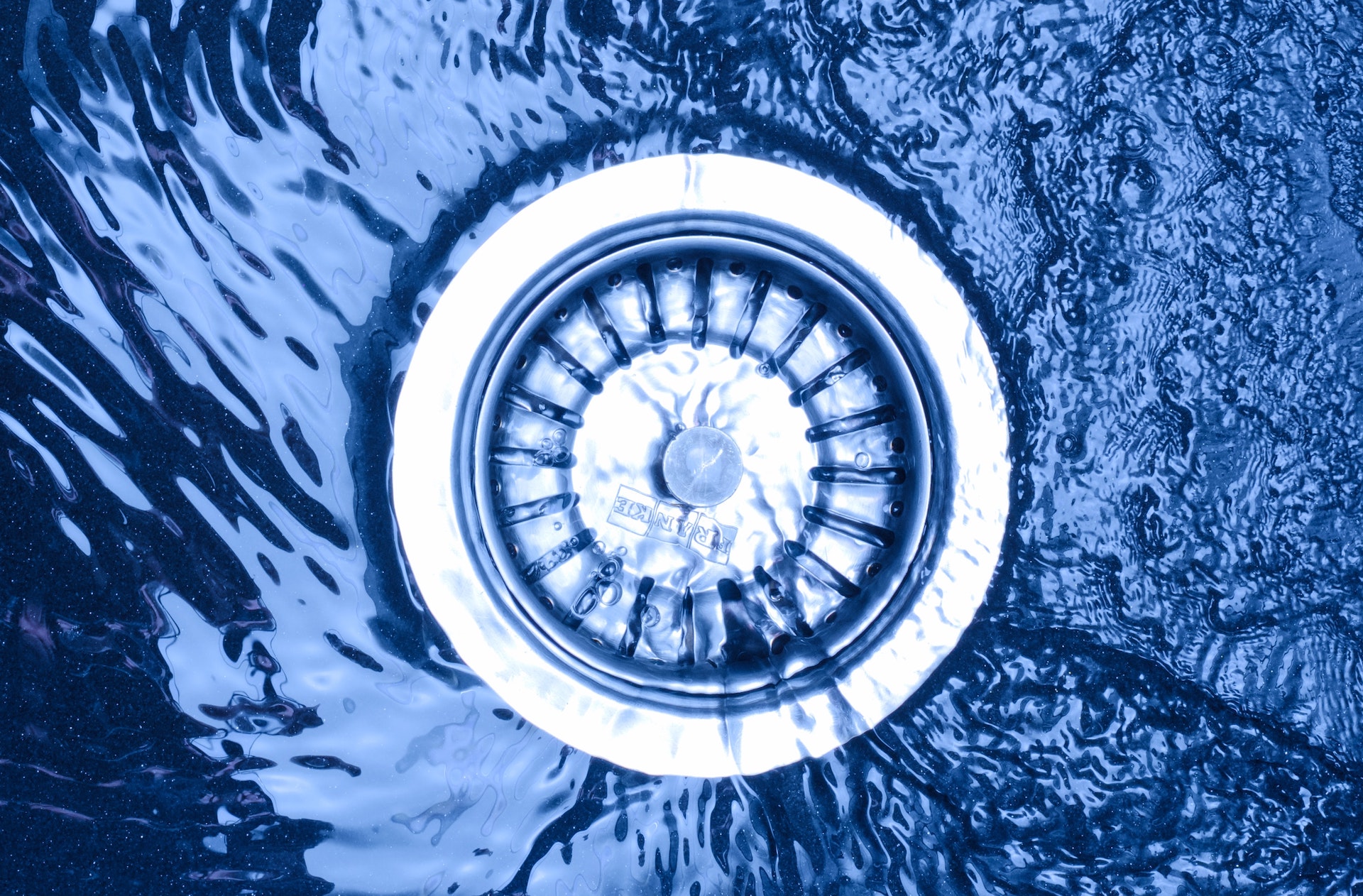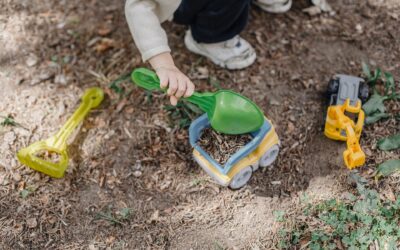No. 92: Install high-efficiency water filtration systems for drinking fountains
No. 92: Install high-efficiency water filtration systems for drinking fountains
Number 92
The use of high-efficiency water filtration systems in school drinking fountains provides numerous environmental and financial benefits. Such systems save water and energy while reducing plastic bottle waste and improving the taste and quality of the water.
High-efficiency water filtration systems for drinking fountains can benefit schools financially and environmentally. Installing these systems can reduce the need for bottled water, saving schools money and reducing plastic waste. Additionally, high-efficiency filtration systems can remove impurities and contaminants from tap water, providing students and staff with clean and safe drinking water. According to the Centers for Disease Control and Prevention (CDC), exposure to contaminants in drinking water can lead to health problems such as gastrointestinal illness, reproductive problems, and developmental delays.
One example of an efficient water filtration system is the activated carbon filter, which is capable of removing chlorine, lead, and other harmful chemicals from tap water. A study conducted by the American Water Works Association found that activated carbon filters can remove 99% of impurities from tap water. In addition, activated carbon filters can reduce the chlorine taste and odor in water, making it more palatable for students and staff.
Another type of high-efficiency filtration system is the reverse osmosis (RO) filter, which uses a membrane to remove impurities from water. According to a study published in the Journal of Environmental Science and Health, reverse osmosis systems can remove up to 99% of contaminants from water, including lead, bacteria, and viruses. RO systems also remove excess minerals that can cause hard water, which can damage plumbing and appliances.
Installing high-efficiency water filtration systems in schools can also benefit the environment. According to the Pacific Institute, it takes over 17 million barrels of oil each year to produce the plastic bottles used for bottled water in the United States. By reducing the need for bottled water, schools can help reduce the carbon footprint associated with the production, transportation, and disposal of plastic bottles.
In addition to reducing plastic waste, high-efficiency water filtration systems can also help conserve water. According to the Environmental Protection Agency (EPA), installing water-efficient fixtures and appliances can help reduce water usage by up to 20%. By using less water, schools can save money on their water bills and help conserve this precious resource.
Finally, high-efficiency water filtration systems can help schools comply with federal and state regulations. The Safe Drinking Water Act requires schools to provide students and staff with safe and clean drinking water. By installing high-efficiency filtration systems, schools can ensure that their drinking water meets these standards.
In conclusion, high-efficiency water filtration systems for drinking fountains can benefit schools financially and environmentally. By providing students and staff with clean and safe drinking water, schools can promote health and well-being while reducing their reliance on bottled water. Additionally, by reducing plastic waste and conserving water, schools can help protect the environment while complying with federal and state regulations.
Sources:
-
“Drinking Water in Schools and Child Care Facilities” (2021), US Environmental Protection Agency, retrieved from https://www.epa.gov/schools/drinking-water-schools-and-child-care-facilities.
-
“Water Efficiency Management Guide: Commercial, Institutional and Industrial” (2007), US Environmental Protection Agency, retrieved from https://www.epa.gov/sites/production/files/2016-03/documents/commercial_institutional_and_industrial_water_management_guide.pdf.
-
“High Efficiency Drinking Water Systems for Schools” (n.d.), US Green Building Council, retrieved from https://www.usgbc.org/resources/high-efficiency-drinking-water-systems-schools.
-
“Water Efficiency Best Management Practices Guide: Indoor and Outdoor Water Use Reduction in Schools” (2011), California Department of Education, retrieved from https://www.cde.ca.gov/ls/fa/sf/documents/waterbestmanagement.pdf.
-
“WaterSense at Work: Best Management Practices for Commercial and Institutional Facilities” (2017), US Environmental Protection Agency, retrieved from https://www.epa.gov/sites/production/files/2017-09/documents/watersense_at_work_best_management_practices_for_commercial_and_institutional_facilities.pdf.
-
“Water Conservation Tips for Schools” (2021), Alliance for Water Efficiency, retrieved from https://www.allianceforwaterefficiency.org/schools.aspx.
-
“Water Conservation in Schools” (n.d.), California Urban Water Conservation Council, retrieved from https://cuwcc.org/resources/schools.
-
“Green School Water Audit” (2013), The Center for Green Schools, retrieved from https://www.centerforgreenschools.org/tools-resources/green-schools-water-audit.

All 100 ideas in one, easy to share ebook. Download now and start helping your school be its best version of itself...
Downloaded over 17,000 times!

More ways to make a difference, now!
No. 26: Install bike racks at school
Number 26 Installing bike racks in schools can benefit the environment, promote physical activity, and save money. Students who bike to school have improved physical fitness and academic performance, while schools can save money on transportation costs and reduce...
No. 18: Use digital signage instead of paper posters
Number 18 Using energy-efficient digital signage instead of paper posters in schools has environmental and financial benefits. It reduces waste and saves energy, resulting in cost savings. Experts suggest that digital signage is also more effective in communicating...
No. 4: Create sustainable play areas
Number 4 This article discusses the environmental and financial benefits of creating sustainable play areas in schools. These play areas reduce waste, promote a connection to nature, reduce carbon emissions, and save schools money on maintenance and utility bills....





